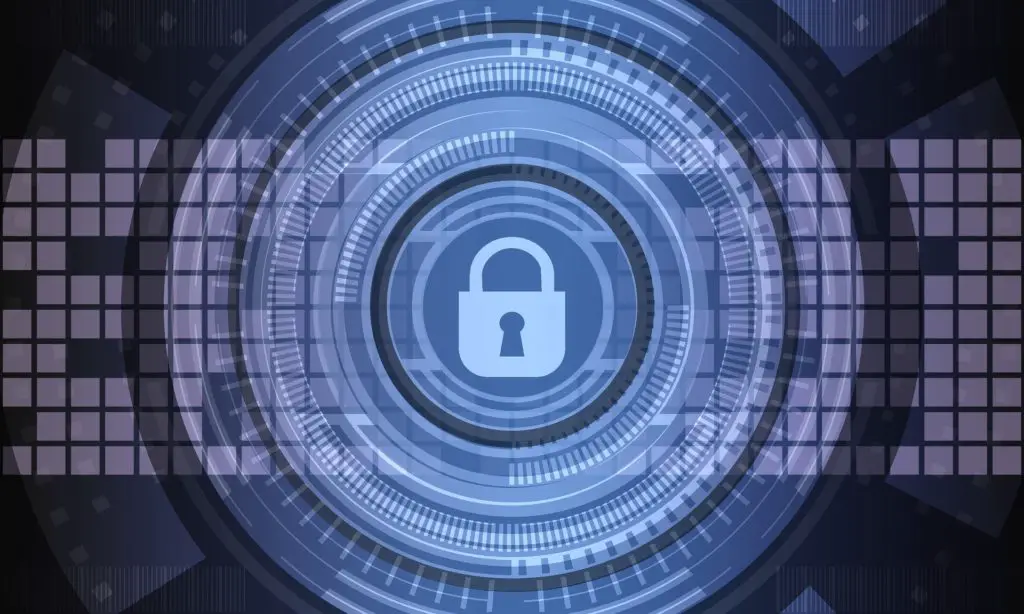Introduction
Data security in information technology is becoming a top concern for organizations of all sizes in today’s connected world. Organizations must maintain a proactive approach to securing their sensitive information in information technology since cyber threats are always developing.

To protect priceless data and uphold the confidence of clients and partners, it is crucial to implement strong data security procedures. In order to reduce risks and strengthen their overall security posture, firms should implement the five major data security best practices discussed in this article.
Table of Contents
Information Technology’s 5 Best Practices for Data Security
1. Create an all-encompassing security policy
Any successful data security plan must start with the establishment of a well-defined security policy, an important step to follow in information technology. The policies, processes, and standards that govern how data is handled inside the company should be outlined in this document. A comprehensive security policy may have the following essential elements:
a. Access restrictions:
By putting access restrictions in place, you can make sure that only vetted individuals have access to critical information in information technology. Role-based access controls (RBAC), robust authentication methods, and routine user privilege audits are all required for this.
b. Data Classification:
Arrange data into categories according to its significance and sensitivity. Sort data according to its accessibility, including public, internal, confidential, and restricted. For each category of data in information technology, this classification aids in determining the best security measures and handling practices.
c. Data Retention and Disposal:
Create policies in information technology for data retention and disposal to make sure that data is only kept for as long as it is required and is safely deleted when it is no longer required. This aids in preventing unwanted access to obsolete or pointless data.
d. Employee Awareness and Training:
Provide staff with knowledge on data security best practices, such as identifying and reporting possible security risks, managing sensitive data safely, and the significance of adhering to security regulations. The danger of data breaches caused by human mistake may be considerably decreased with regular training sessions and awareness efforts.
2. Put in place reliable access control measures
In order to prevent unauthorized access to sensitive data, effective access control mechanisms are crucial. Here are some crucial actions to think about:
a. Strong Policies for Password-making:
It should mandate the usage of lengthy passwords and frequent password changes. To prevent using repeat passwords or weak passwords, promote the usage of password managers.
b. Multi-Factor Authentication (MFA):
Use MFA to increase security by requiring users to submit several forms of identification, such as a password and a one-of-a-kind code texted to their mobile device.
c. The least privilege principle:
Give users the least amount of access required for them to carry out their duties. Don’t provide too many rights because doing so can make a hacked account more damaging.
d. Regular Access Reviews:
Review user access privileges on a regular basis to make sure they continue to be needed and acceptable. Employees who leave the company or change jobs may no longer have access or it may be modified.

3. Secure Data During Transit and Storage
Even if data gets into the wrong hands, encryption is a useful method for preventing illegal access. It guarantees that unauthorized users cannot read the data. Take into account the subsequent encryption procedures:
a Data Encryption at Rest:
Protect confidential information in information technology when it is kept on physical or virtual devices like hard drives, databases, or cloud storage. Utilize safe key management techniques and powerful encryption methods.
b Encrypt data during network transmission, particularly while using the internet. To safeguard data while it is being transmitted, secure communication channels should be used, such as those provided by the Transport Layer Security (TLS) and Secure Sockets Layer (SSL) protocols.
4. Frequently test and backup data
Various events, such as hardware malfunctions, natural catastrophes, or cyberattacks, might result in data loss. To lessen the effects of such catastrophes, it is essential to regularly back up important data and evaluate the restoration procedure in information technology. Take into account the following backup and recovery techniques:
a. Automated and Offsite Backups:
Store copies of your data in the cloud or secure offsite locations by automating the backup procedure. This guarantees data accessibility even in the event that the primary store place sustains physical harm.
b. Incremental and Full Backups:
To maximize storage space and shorten backup and recovery times, combine incremental and full backups. To confirm the integrity and dependability of the backups, run test restorations on a regular basis in information technology.
c. Disaster Recovery strategy:
Create a thorough disaster recovery strategy that explains what should be done in the event of a catastrophic catastrophe or data breach. Review and update the strategy on a regular basis to account for new risks and evolving business needs.
5. Keep Patches and Security Updates Up to Date
Cybercriminals frequently target software weaknesses. It is essential to immediately install patches and security upgrades to all systems and software in order to reduce these risks. Think about the following techniques:
a. Patch Management:
Create a patch management procedure to track down, evaluate, and roll out security patches and upgrades for firmware, operating systems, and software. To ensure timely updates, automate the patching procedure wherever feasible.
b. Vulnerability Management:
Set up a program to regularly check systems and applications for vulnerabilities. Remediation of identified vulnerabilities should be given priority based on regular risk assessments.
c. System and Application Hardening:
Set up systems and programs to adhere to security best practices, such as turning off not-needed services, altering default passwords, and eliminating or turning off useless features and capabilities in information technology.
Conclusion
Data security is a continuous process that necessitates continuing attention to detail and response to new threats. Organizations may dramatically improve their capacity to safeguard sensitive data from unauthorized access, lower the risk of data breaches, and uphold the confidence of clients and partners by employing these five data security best practices. A thorough data security plan must include a solid security policy, effective access restrictions, encryption, frequent data backups, and remaining current with patches and upgrades. Organizations can confidently traverse the digital world and maintain the confidentiality, integrity, and availability of their priceless data by placing a high priority on data security.
Inspiring BIble Verse:
Mark 12:30 “'You shall love the Lord your God with all your heart, and with all your soul, and with all your mind, and with all your strength.
God first loved us, so of course we need to response to love Him also. For everything He has done for you in your life, For everything He has been in your life. Be grateful that We have a loving Father in Heaven who is always guarding your hearts.
Internal Links
- Unlocking the Secrets: 10 Best Cell phone Facts Revealed!
- 10 Online School Thrilling Tips to Excel
- 7 Fascinating Ways Adobe Artificial Intelligence is Revolutionizing Creativity
- Beyond the Screen of Information Technology: 4 Remarkable Advantages of Embracing the Analog Lifestyle
- 10 Helpful Money Management Tips
- 5 Superb Phases on Acts: How to Pray to our Sovereign God? And 3 Attributes of Prayer Therapy for Mental Health
- How to be a Self-Nurturing Successful Entrepreneur and Successful in Life: 7 Ways



